Real-time data help Thames Water mitigate transients & bursts
Keep Calm and Monitor
Trunk main bursts are a major problem for large, urban water systems. Detecting, locating, and repairing pipe or joint failures rapidly is crucial to prevent loss of life and limit damage to the surrounding structures, including privately owned buildings, streets, and public utilities.
Given the potential economic impact of a burst, which could reach millions of dollars, many water utilities are focusing on prevention. Mitigating pressure transients through network calming strategies can extend the longevity of pipes and other assets, leading to fewer bursts.
If a burst occurs, locating it accurately and quickly can significantly limit the impact.
Detecting bursts and reducing leakage is particularly important for Thames Water. The utility serves nine million customers across London and the Thames Valley, managing more than 2,236 miles of trunk main network. One of the factors which they consider is aging mains and the impact that pressure spikes may have over time.
Even modern assets can fail when pressure transients hammer away at them.
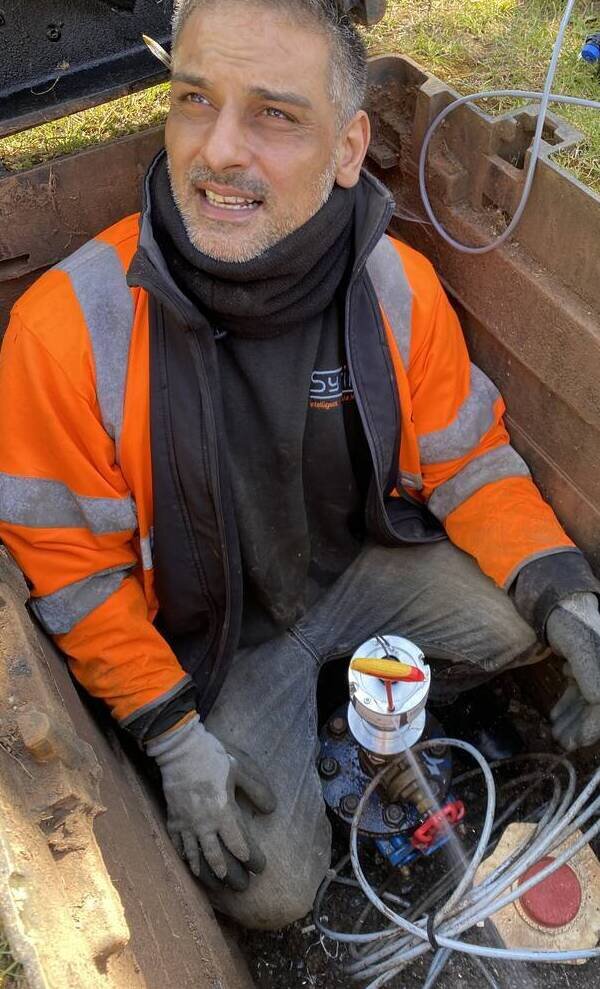
A Proactive Approach
Given the cost and complexity of replacing trunk mains — especially in a city as densely built-up as London — Thames Water, who have worked with Syrinix since 2004, uses the company’s technology predominantly for burst detection on its critical pipelines.
The technology incorporates transient monitoring, where major pressure events can be traced back to source via a triangulation algorithm in the linked software platform.
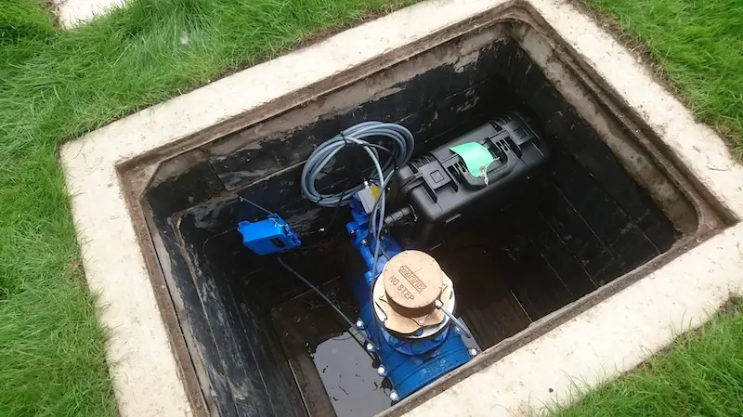
Due to the rapid, near-instantaneous nature of transient pressure waves, sub-second data resolution is essential to observe what is truly happening in the network.
When events occur, detailed monitoring data is sent in real time to Syrinix’s RADAR cloud platform for analysis.
Data from the monitors is cross-referenced with mapping data held in Thames’s geographic information systems (GIS) repository, enabling operational teams to rapidly identify the location of pressure transients and bursts in real time.
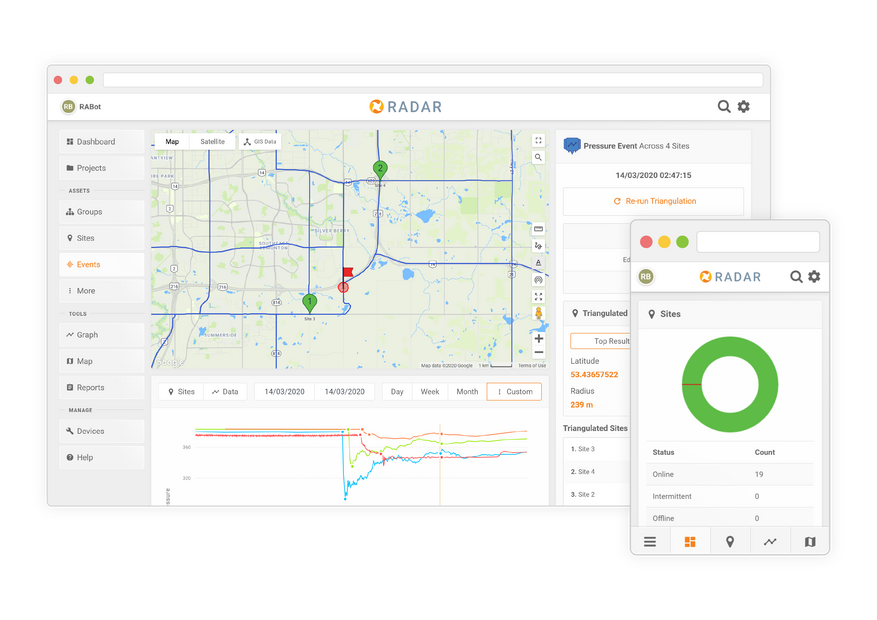

In some cases, Thames Water receives consistent transient alarms for a particular trunk main. Analysing the RADAR data and using the Syrinix S3 scoring system, which measures the severity of the pressure wave, the team may find there is a pump upstream from the location that is not operating in a calm manner by ramping up pressure too quickly or shutting off suddenly.
This can create a pressure wave that can hammer on pipes and other assets downstream. In these cases, the Calm Systems team may decide to replace the pump with a variable-speed unit to reduce the sudden pressure rise and fall.
Thames Water and Syrinix have developed an API interface, which means monitoring data can be downloaded into Thames Water analytics systems for deeper analysis, to enable data-driven decisions on asset replacements.
Having real-time transient data can be extremely valuable for coordinating with engineers in the field.
During a recent planned job in Central London, engineers were conducting scheduled maintenance on a valve to prepare for bringing a water main out of service. The engineers called into the control centre to alert the team that work was about to begin. Shortly after, the control center received a RADAR alert indicating a large pressure transient in that location.
The control team was able to call the engineers while they were on site and advise them on the proper operation of the valve to reduce the rapid pressure change and shared data to illustrate the issue. This “teachable moment” was only possible thanks to the real-time, location-specific data generated by the smart monitors.
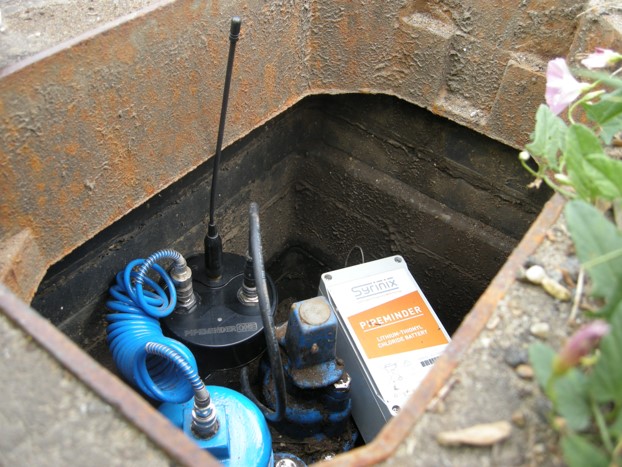
While the approach of network calming has helped reduce the incidence of bursts, they do still occur. One such burst happened recently in a 24-inch trunk main at 860 litres per second; a significant asset failure.
The control team received a burst alert at 3:30 a.m. and engineers were dispatched. Data from Syrinix devices indicated that the pipeline had burst upstream from the monitor, helping engineers to pinpoint the location and isolate the main for repair within a short time frame. Without the monitoring, large amounts of water would have been lost until Thames Water was alerted by other means, including customers calling because of a drop in pressure, visibly spotting a leak, or through other telemetry systems.
This rapid response helped minimize damage to the surrounding area and allowed the teams to determine the impact to the water supply to the area and mitigate its impact.
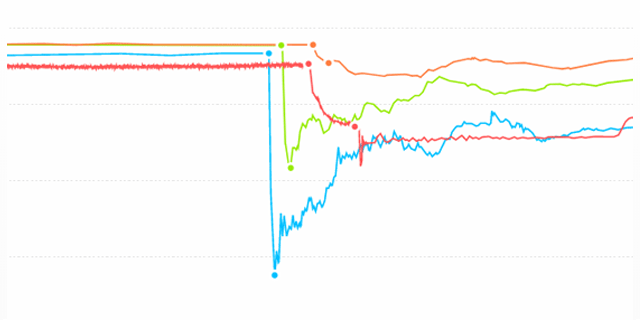
Improving Daily Operations
The high-resolution data generated by the smart monitors supports routine operational activities. Pressure can be monitored in real time during line flushing. When new assets are brought online, the control team can monitor pressures in the pipe as the unit is commissioned and take corrective action in real time, if required.
Given the critical importance of identifying pressure transients and bursts quickly — and the potential economic risk of failing to do so — a continuous flow of pressure and flow data is essential to network operations today. Using the API interface, the data points are vital as Thames Water move towards a smart water network and incorporate these into day-to-day operations.
With Syrinix smart monitors and intelligent data analysis, Thames Water is well positioned to keep calm and carry on.
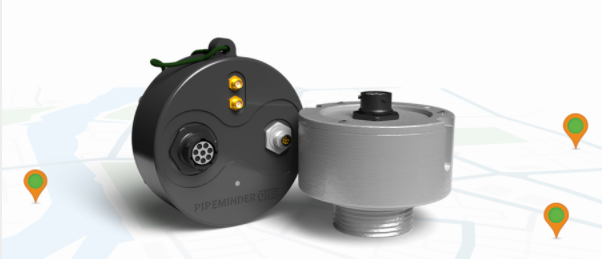
This article was published in the May edition and Water and Wastewater Digest
Contact Us
Leave your details and we will be in touch.




